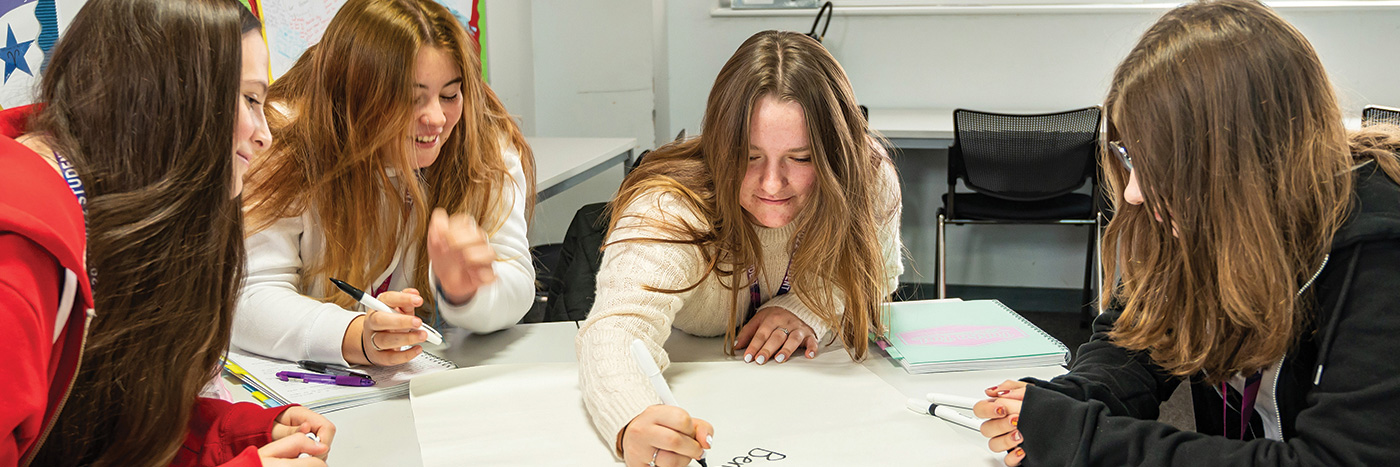T Levels are a new technical qualification.
Here’s what you need to know:
- A T Level takes two years and is equivalent to 3 A Levels
- After the T Level study programme, students will be able to choose between moving into a skilled occupation or further study, for example, a higher or degree level apprenticeship, or higher level technical study, including higher education.
- T Levels bring classroom and industry placements together
- T Levels were designed by employers to give students the qualifications to prepare the for employment
T Levels are studied five days a week, with 80% of your time in the classroom and the other 20% on a relevant industry placement, getting real on-the-job experience.
Each T Level is made up of:
- Core industry skills and knowledge
- Specialist skills and knowledge relevant to your chosen career
- Either a 315-hour (45 day) or 700 (90 day) industry placement with an employer (depending on route taken)
- Maths, English and digital skills relevant to the chosen pathway.
You will be assessed by exams for the core skills, practical skills tests for the occupational (career) specialisms and your competency will be reviewed whilst on placement.
T Levels are career-focused, with a significant industry placement allowing you to develop the knowledge and skills you need to compete for the best higher/degree apprenticeships and highly skilled careers.
T Levels are for young people who are academically strong and ambitious to get ahead in high-level technical occupations. They provide the chance to learn what a real career is like while studying.






